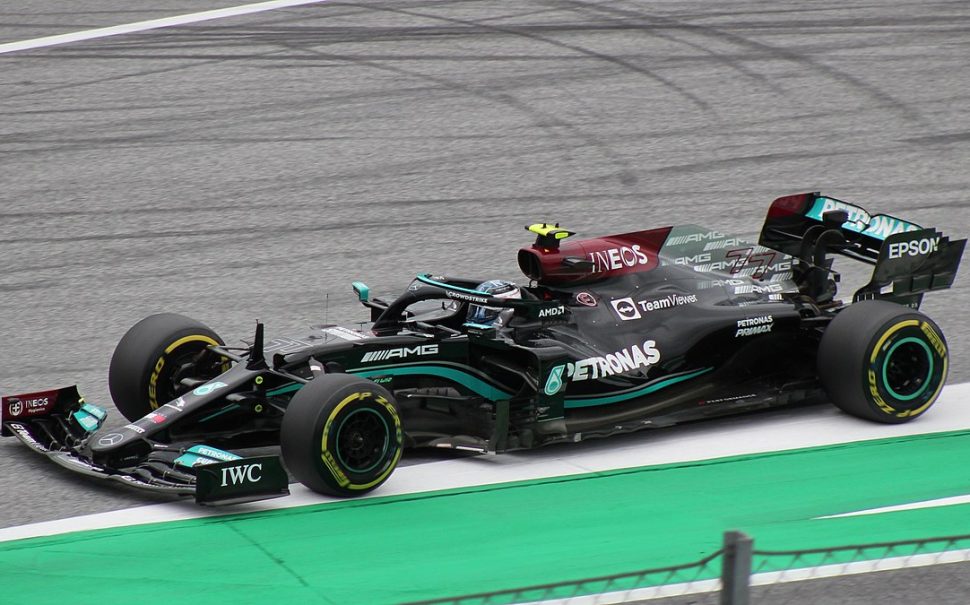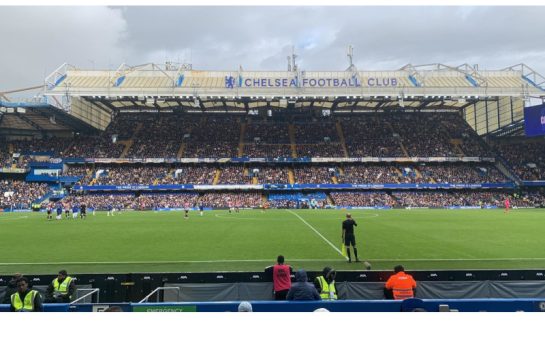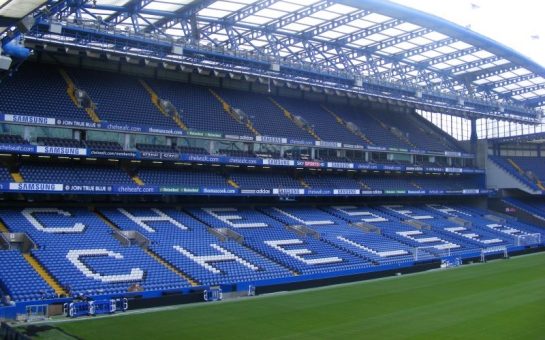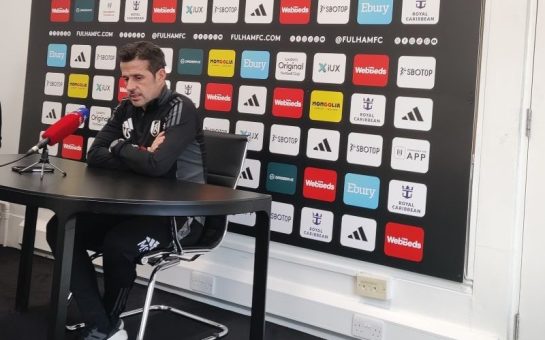Lewis Hamilton’s announcement that he would leave Mercedes at the end of the 2024 season came as a shock to everyone involved in Formula 1.
The seven-time world champion will join Ferrari from 2025, leaving a void at the heart of the Brackley-based team.
But earlier this week, Mercedes Team Principal Toto Wolff told journalists that Hamilton’s current teammate, 26-year-old George Russell, is more than capable of filling the senior void that will be created by Hamilton’s exit, insisting that he has the potential to be the next lead driver in the team.
Wolff’s comments came as a surprise to many supporters of the Silver Arrows, noting Mercedes’ long-term convention of never operating with a ‘number one driver’.
This has often been a point of debate at Mercedes, with Hamilton’s former team-mate Valterri Bottas claiming on the popular Netflix series Drive to Survive that he’s not just a number two driver, contrary to what many fans thought about his place in the team.
The operation of a preferred driver is commonplace at many other teams in the sport too, despite every team insisting that they give both drivers equal opportunity.
Perhaps the best example of this is when you look at Red Bull’s treatment of Max Verstappen and Sergio Perez, with the latter often being used as a tactical pawn to benefit his three-time world championship-winning teammate.
But for Mercedes, this signals a fundamental change in how they outwardly describe their driver hierarchy.
Who is George Russell?
Russell’s association with Mercedes-AMG stems back to 2017 when he first joined their driver academy after competing in the Formula 1 feeder series, GP3.
The years that followed saw the driver from King’s Lynn pick up both the GP3 and Formula 2 titles, leading to a seat in Formula 1 with Williams Racing.
After a successful three years with Williams, culminating in a podium at Spa-Francorchamps, Russell was called up by Team Principal Toto Wolff to replace the outgoing Valtteri Bottas at Mercedes.
Russell joined a Mercedes team where he would partner seven-time world champion Lewis Hamilton and many thought, due to Hamilton’s seniority, that he would be the one who took priority.
To many people’s surprise, Hamilton and Russell were given equal treatment over the course of the season, with Russell actually finishing the 2022 season 35 points ahead of his teammate.
But now, two years on from Russell joining the team, Mercedes no longer have two drivers that are committed to their long-term project.
How soon could George Russell become a team leader at Mercedes?
Speaking on the Londoners’ 2024 F1 Preview podcast, motorsport expert and host of the Execelerate podcast Joseph Terry said that Mercedes may look to hide some development secrets from Hamilton.
He said: “I think Mercedes have still got a lot of love for Lewis Hamilton but if you’re being clever about this you need to make George Russell look good.
“Simply put, I think they will focus more on Russell and why would Mercedes give up all their secrets to Ferrari if he’s going to leave in the next year?”
This presents a problem of trust for Mercedes.
The Silver Arrows know first-hand how influential Lewis Hamilton can be both on and off the track.
Russell even admitted that the car he will be driving this year has been designed around Hamilton’s wishes, with the car being sat further rearwards than it was in 2023.
But for how much longer can they trust the driver who’s won over 80 races with the German manufacturer knowing that he will depart for their great rivals at the end of the season?
The answer may be that, as Terry suggests, they have to shift focus away from Hamilton and towards the future with Russell.
Mercedes’ number 63 recently signed a new contract which lasts until the end of 2025, but with the relationship between driver and team principal being amongst the best on the grid, it is expected that he will extend once again and commit to Mercedes longer-term.
We await to see what the dynamic will be like between the team and drivers but don’t be too surprised if Russell takes on some added responsibility over the course of the season.
Feature image by Lukas Raich under CC BY-SA 4.0





